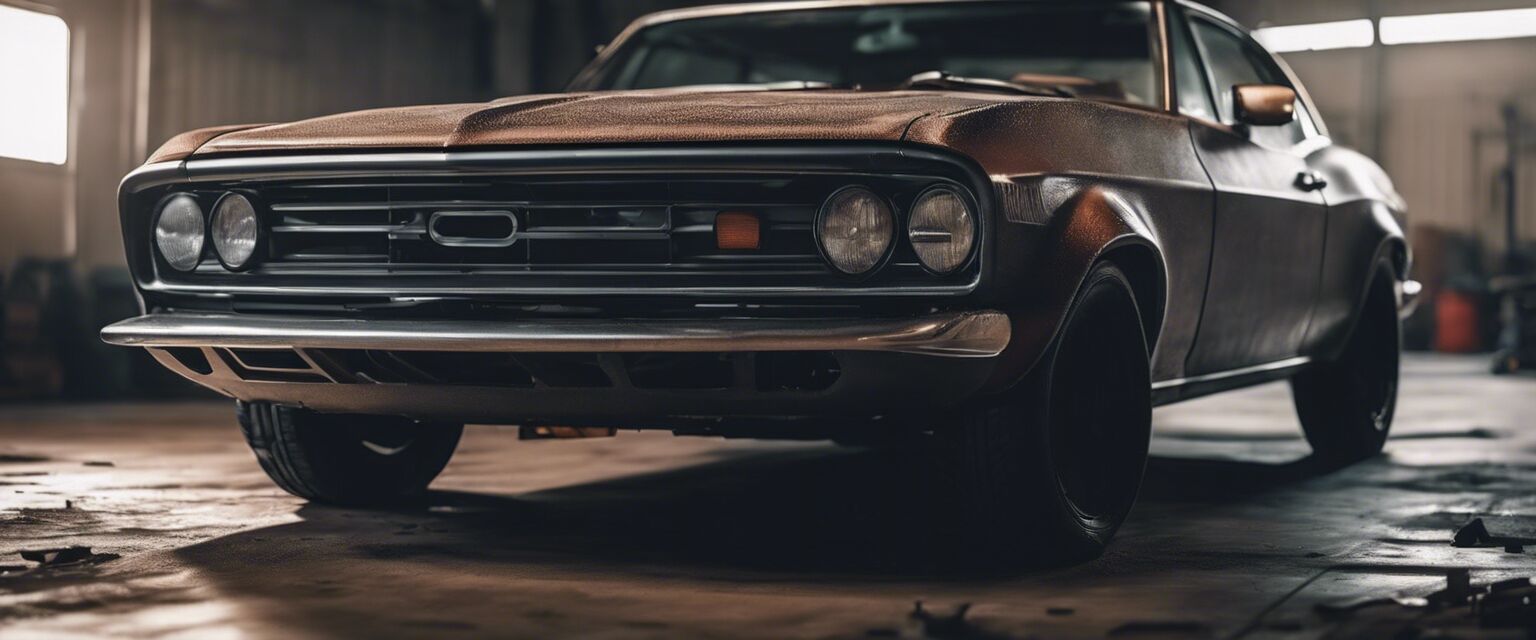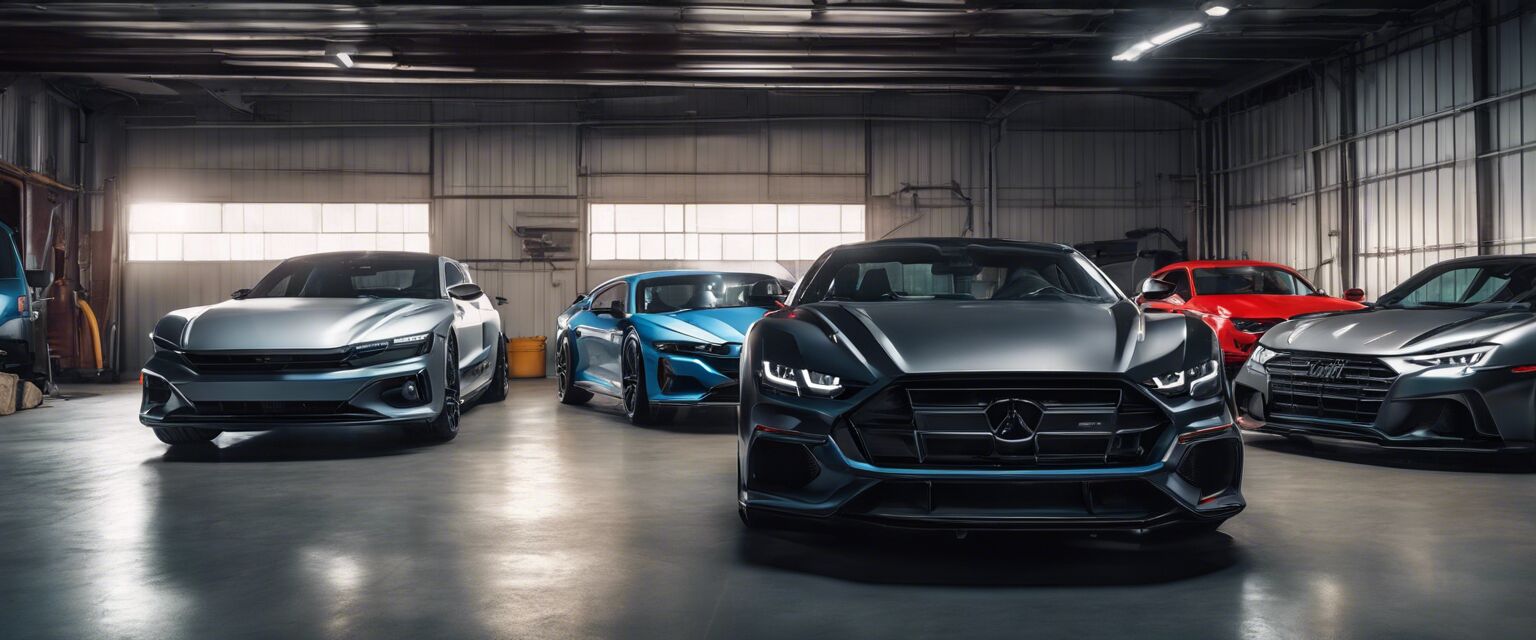
Car lights and assemblies
Key Takeaways
- Understanding the types of car lights helps in ensuring safety and compliance.
- Proper maintenance of lights contributes to better visibility.
- Choosing high-quality assemblies can improve overall vehicle performance.
Car lights are essential not only for visibility but also for safety. Properly functioning lights help communicate with other drivers and reduce the chances of accidents. In this guide, we'll explore various types of car lights and assemblies, their functions, and maintenance tips to ensure your vehicle is always road-ready.
Types of Car Lights and Assemblies
There are several types of car lights each serving different purposes. Understanding these can help in selecting the right parts for your vehicle.
| Type of Light | Description | Functionality |
|---|---|---|
| Headlights | Main source of illumination at night or poor visibility conditions. | Allows driver to see the road ahead while also being visible to other drivers. |
| Tail Lights | Red lights at the rear of the vehicle. | Indicates when the vehicle is stopped or slowing down. |
| Brake Lights | Activates when the brake pedal is pressed. | Alerts drivers behind to the vehicle's deceleration. |
| Turn Signal Lights | Flashing lights on the front and rear of the vehicle. | Indicates the direction the driver intends to turn. |
| Fog Lights | Lower mounted lights that provide a wide beam. | Illuminate the road directly in front of the car during foggy conditions. |
Importance of Maintaining Car Lights
Maintaining your car lights is crucial for safe driving. Regularly check your lights for functionality and brightness. Here are some maintenance tips:
Maintenance Tips
- Check headlights and taillights for functionality monthly.
- Replace any burnt-out bulbs immediately to ensure safety.
- Clean the lenses to remove dirt and grime, improving visibility.
- Ensure that all light connectors are free from corrosion.

Installation of Car Light Assemblies
Installing new light assemblies can often be done at home with the right tools and instructions. Follow these general steps:
- Disconnect the battery to avoid electrical shock.
- Remove the old assembly by unscrewing it and disconnecting the wiring harness.
- Install the new assembly by connecting the wiring harness and securing it with screws.
- Reconnect the battery and test the lights before driving.
Common Car Light Issues
Even with regular maintenance, issues can arise with car lights. Here are common problems:
| Problem | Possible Cause | Solution |
|---|---|---|
| Dim headlights | Worn-out bulbs or corroded connectors. | Replace bulbs and clean connectors. |
| Brake lights not functioning | Faulty switch or blown fuse. | Check and replace the brake light switch or fuse. |
| Turn signals not flashing | Burnt-out bulb or wiring issues. | Replace the burnt-out bulb and check wiring. |
| Fog lights not activating | Faulty switch or burnt-out bulbs. | Test the switch and replace as needed. |
Purchasing Car Lights and Assemblies
When purchasing car lights, consider quality, compatibility, and warranty. High-quality parts often last longer and perform better. You can explore various types of car lights and assemblies available in our Lighting and Mirrors section.

Conclusion
Understanding the various types of car lights and their functions can greatly enhance your driving safety. Regular maintenance and timely replacement of light assemblies will ensure that your vehicle stays in prime condition. If you're looking for more vehicle parts, check out our Bumpers and Fenders page for additional components to optimize your car's performance.
Pros
- Improved visibility during night and adverse weather conditions.
- Enhanced communication with other road users.
- Better vehicle performance and aesthetics with quality assemblies.
Cons
- Replacement costs can add up over time.
- Some lights can be complicated to install without professional help.
For more information on car body parts, visit our Doors and Panels and Grilles and Trim sections. This will help you make informed decisions when upgrading or repairing your vehicle.









